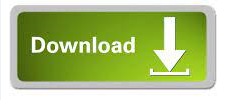
Remember, you can also use the same location shortcuts that you’d use with the cd command (e.g. For example, use -C to get a multi-column output, -S to sort by size, -lt to sort by date modified, -la for detailed contents including hidden files, or -lh to create a list with readable file sizes. You can add flags to the ls command to get different results. Append it with a location on the drive to specifically target that directory. List Files & Folders: lsĪlso useful in navigating your drive, ls can be used to list the contents of the current directory simply by executing the command. For example, running cd ~ will take you to the Home directory for the current user. You can also use cd/ to get to the root of the drive, cd. You can use shortcuts to quickly skip to certain directories.


 0 kommentar(er)
0 kommentar(er)
